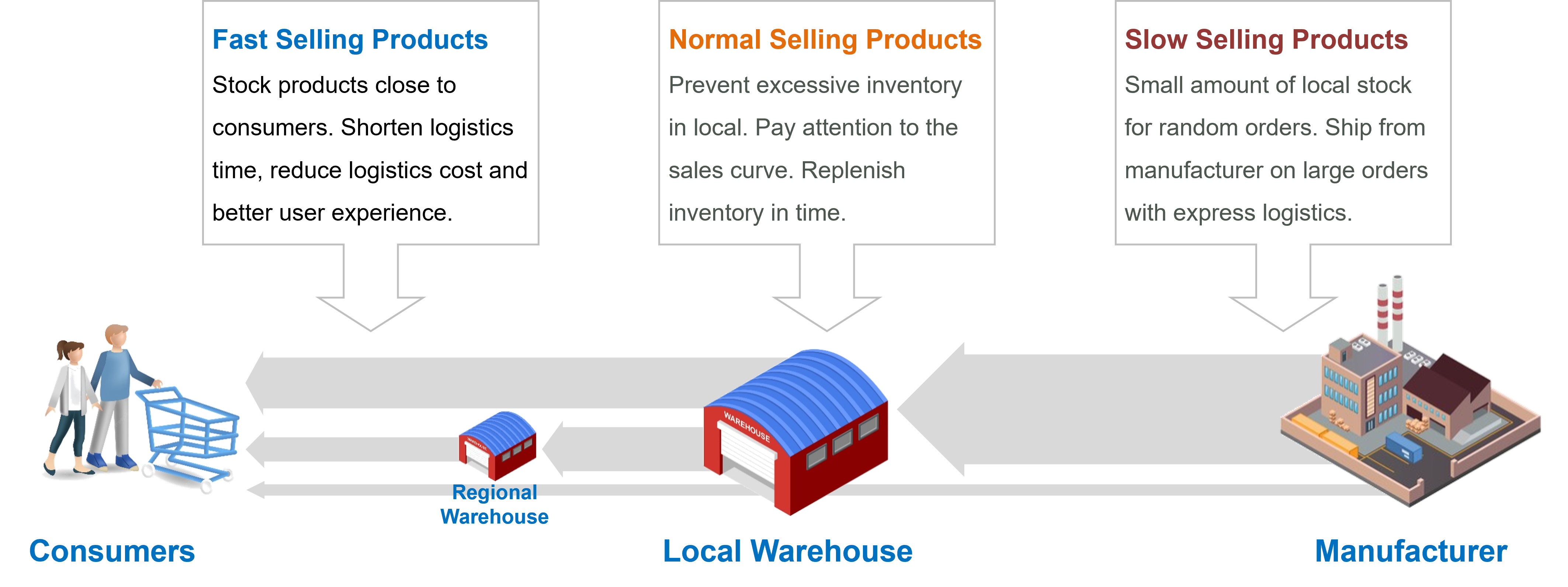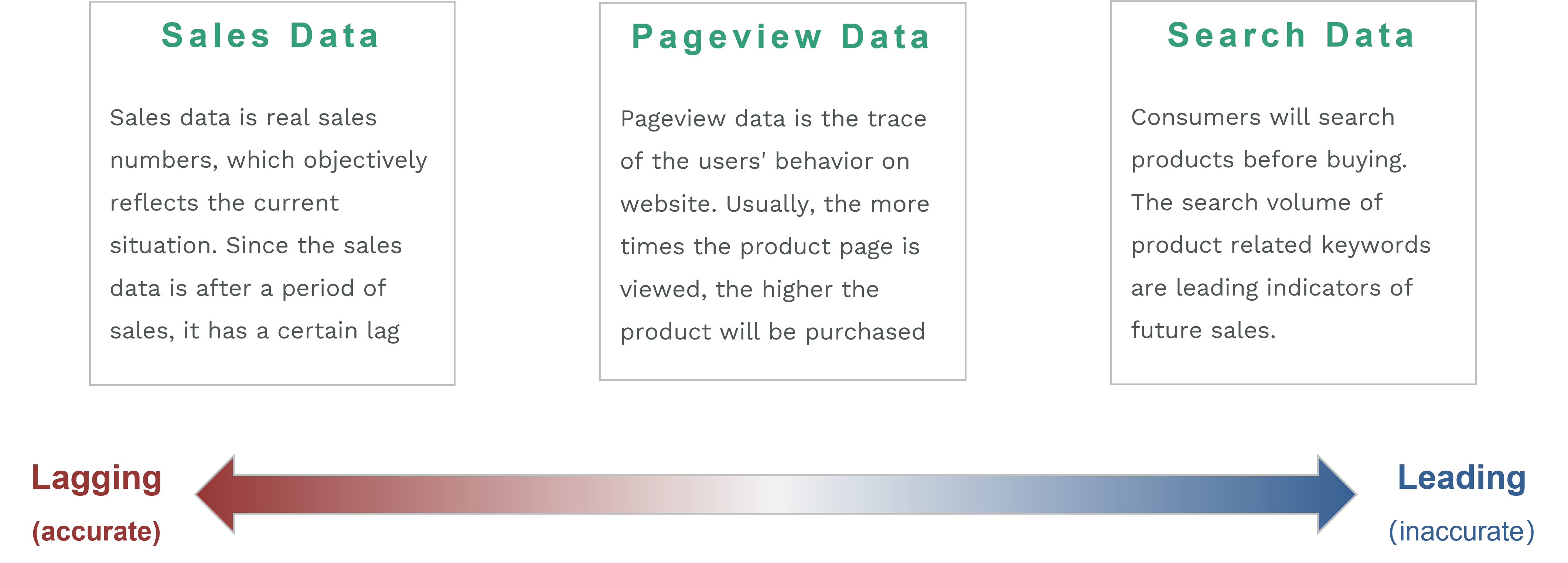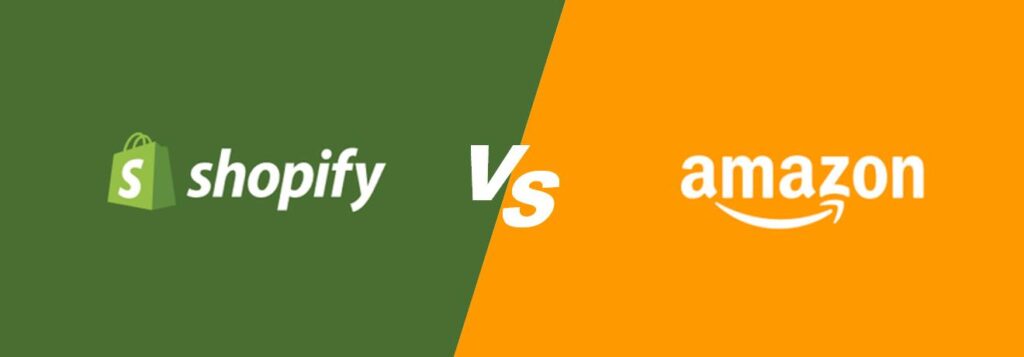Online Sales Product Listing Strategy
Offline sales have shelf costs and space limit, so it is impossible to place products on shelf indefinitely. Online sales are different from offline sales which have no space limit and no shelf cost. Theoretically, goods can be listed indefinitely. Since too many products will dilute website traffic and make buyers confused, it is not suggested to list too many unconvertible products to waste website traffic and buyers’ attention.
1. Search Visibility
Search Visibility means that products can be searched through the public search platforms (like Google or Bing) before buyers visit seller’s website. The search visibility can be realized and improved through Search Engine Optimization (SEO). To select the most popular keyword combinations for the product name, title and description will improve the search visibility in search results. Meanwhile, it is also an effective way to increase the visibility by using the industry standard words as much as possible to describe the product functions and features.
2. List All Products
All the products selling in the local market will be listed on the website. This can offer more options to buyers and a good feeling of a various portfolio. The CPA (Cost Per Acquisition) will also be improved since the cost of paid traffic divided by the transactions will be decreased if buyers have more options to buy. Although some products are not in popular category, or only for niche market, they can still have attentions from buyers and provide reference.
3. Hierarchical Layout
It is important to make a hierarchical layout for all products and place the main products on the home page or on the top of the list. It is necessary to set product categories and subcategories clearly. Category naming and organizing can refer to the classification of large e-commerce platforms (like Amazon). The marketing campaigns can focus on the main products inlcuding paid advertising, referral website and social meida and drive traffic to the main products.

Online Sales Product Stocking Strategy
The basic principle of stocking is that all the selling products are available, no matter in local warehouse or in factory warehouse. Products selling in high volume are stocked in local warehouse. Products selling in low volume can be stocked in small volume in local warehouse and ready for shipping from factory warehouse.
1. Fast Selling Products
Fast selling products need to be stocked close to consumers. This can shorten logistics time, reduce logistics cost and offer better consumer experience. Sufficient stocking and timely replenishment are required to deal with the unexpecting large demand.
2. Normal Selling Products
In order to prevent excessive inventory, it is necessary to pay close attention to the sales trend of normal selling products and replenish them in time. Usually normal selling products have a buffering period of several weeks to one month to accommodate surface shipping time.
3. Slow Selling Products
For products with very low sales volume, only a small amount of local stock (1-2 pieces) is required to prepare for random orders. Once there is a large number of orders, it needs to be shipped directly from the manufacturer factory with express logistics method. Since it does not happen very often, the average cost per order will not be high.

Product Stocking Forecast
Forecasting the quantity of stock is very difficult in any industry. The trend of sales is changing rapidly, and consumers interest is also shifting quickly. Overstocking will become unsalable inventory, which will increase operating cost and bring pressure on inventory clearance. Less stocking will lead to miss the sales window and increase the opportunity cost.
1. Sales Data
Sales data is real sales numbers, which objectively reflects the current situation. Since the sales data is after a period of sales, it has a certain lag. So it is not capable to forecast the change in the market and the shift of consumer’s attention.
2. Pageview Data
Pageview data is the trace of the users’ behavior on website. Usually, the more times the product page is viewed, the higher the product will be purchased. Through pageview data, we can have insightful view of which product that users are interested in. This is a leading indicator of the product conversion rate in the future.
3. Search Data
Consumers usually search through public search platforms (like Google) before buying something. The search volume of keywords are important indicators of forward-looking of future sales. However, search volume is only a kind of attention, the magin of error may be high in some cases.

High Frequency Drive Low Frequency Strategy
1. What Is High Frequency Drive Low Frequency
High frequency products are consumers buying in high frequency (once a week or once a month). Low frequency products are consumers buying in low frequency (once a year or once two years). High frequency drive low frequency is a sales strategy in ecommerce business. Taking mobile phone products as an example, mobile phones are low frequency products, and consumers usually replace mobile phones in 2-3 years. However, mobile phone accessories (cases, chargers, data cables, data cards, earphones, etc.) are high frequency products, and consumers usually need to buy in every 3 to 6 months. If the website is full of low frequency products, then the amount of visits and the amount of transactions will both be low. This strategy is to use high frequency products to increase the amount of visits to drive the low frequency product sales.

2. High Frequency And Low Frequency Product Portfolio
In general, low-frequency products have higher prices and fewer variants, while high-frequency products have lower prices and more variants. Therefore, in terms of sales strategy, high-frequency products will sell in high volume with low profit. The high volume is driven by low price and profit. However, low-frequency product sales strategy is on the opposite. Low-frequency products will sell in high price (MSRP) and high profit, but also provide discount on promotion days. When some low-frequency products are sold, high-frequency products can be used as giveaways. High-frequency products drive website visits, which also drive the pageview of low-frequency products and increase the probability of being purchased.
3. Merchant Product Portfolio Balance
Merchants need to identify low-frequency and high-frequency products in their product portfolio. For merchants that lack of high-frequency products in the product portfolio, they need to add some ODM or white-lable products from partners.
Product Name Search Optimization Strategy
Before the product is sold, it needs to go through the steps of being searched, being viewed and being bought. Therefore, the first step is to let search engine can find it. Only it is searchable, buyers have the opportunity to see it, then may click the link to view it. For product search optimization, there are mainly the following points:
1. Standardize Product Names And Keywords
When search engines index web pages, they will first use high-frequency keywords for indexing, and then other low-frequency keywords. When users search, they also search according to the standard name of the product. So if you choose the more standard names, your prouducts have higher chance to be searched and found.
2. Product Functions And Features
For the differentiated functions and features of the product, you can search for these functions and features through the search engine, and the search engine will give some similar words (called related searches), which are the most common searches conducted by other users. It is recommanded that you can use those related search words to add or replace your words in product title and description. This can significantly increase your product pages’ relevance to the most of users’ searches, or fit their search habit.
3. Unique Product Family Name And Brand Name
Usually merchants want their brand name to be known by more people. But in term of brand name, the fact is opposite. Since searches are based on the statistics of vocabulary usage, the more commonly used the words in the name, the more unfavorable it is to be searched. For example: Apple, supposed to be a kind of fruit, but because Apple (phone company) is too famous, the search engine thinks that people search “apple” to find this company. The result is Apple’s website ranks on the top rather than the fruit apple. But if other companies want to gain popularity through these common words, the result will be that people can not search and find them at all. Therefore, if naming a product series or a brand name, try to avoid using common words, and use some relatively less common or self-made words.
Visit Bel Oak home page for more business information.





